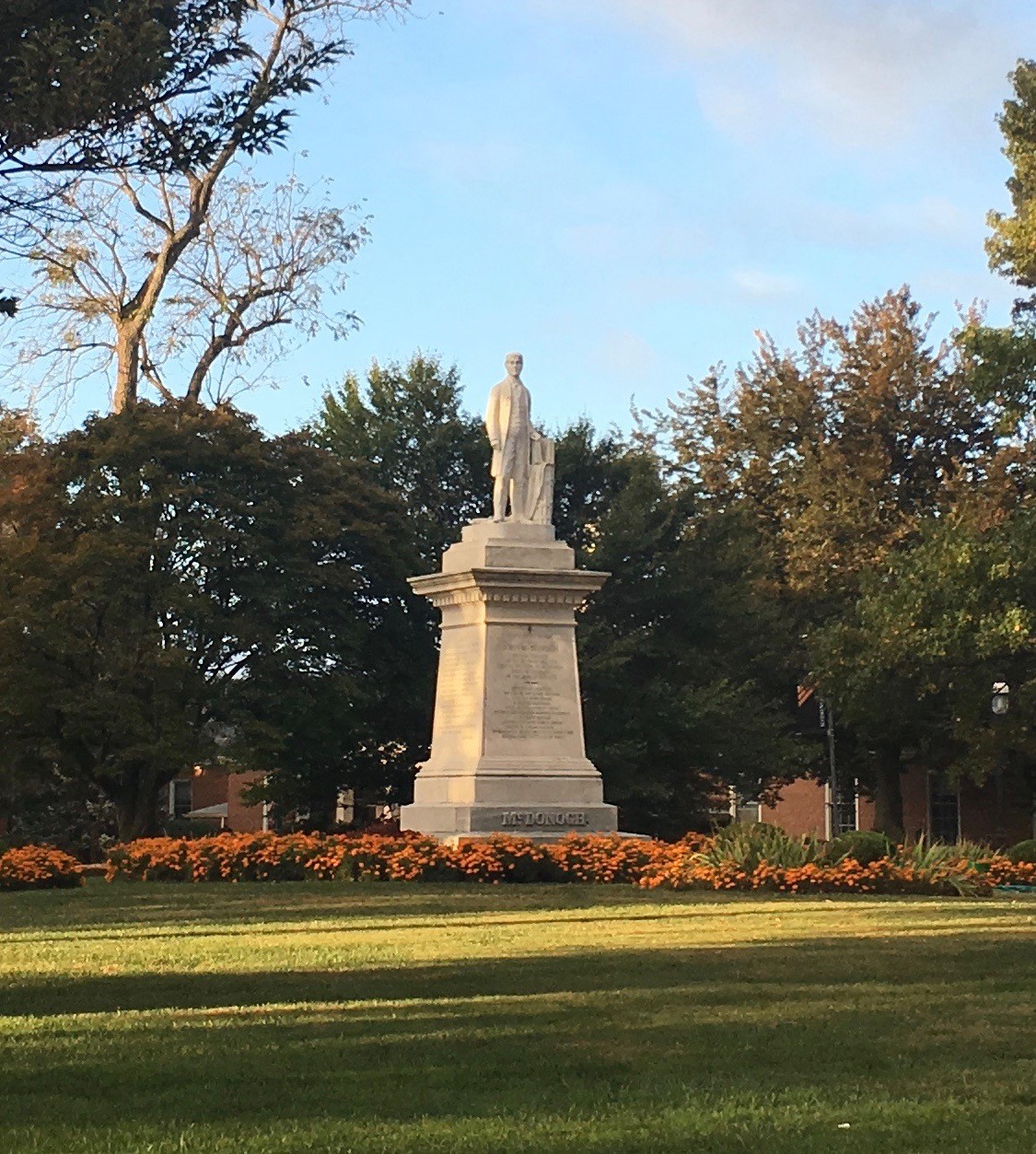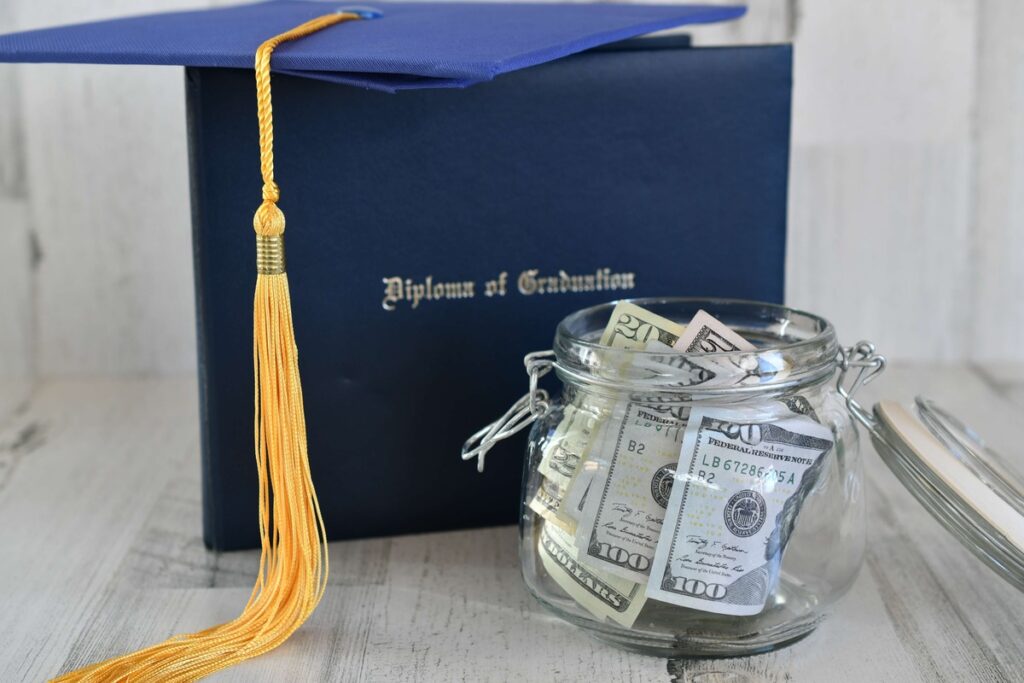Later this week, I will be in Maryland, attending my 50th high school reunion. My alma mater, McDonogh School organizes and hosts reunions every five years for each graduating class and has been doing so as long as I can remember.
I have attended all my class’ reunions other than our fifth when I was attending graduate school at Tulane. The weekend’s format consists of events at the school on Friday including alumni storytelling and readings to Lower School students (grades PK-4), a luncheon recognizing outstanding alumni, a campus tour, and various athletic events followed by a cocktail party in the evening.
Saturday’s campus events include an alumni lacrosse game, other team sports, an equestrian show, as well as a crab feast for all classes. Each reunion class organizes its own event for Saturday evening. My wife and I hosted four or five of the Saturday evening events over the decades when we lived in the Baltimore area.
There were 92 young men in our graduating class. Approximately half of us boarded at the school and half were day students. Having half of your graduates living out of town may explain why our highest attendance at any previous reunion was 40ish. I don’t expect this year’s attendance to set any records.
Our class did not set any other high school records that I’m aware of. As a private school, we didn’t participate in the state high school athletic championships. Academically we were fairly sound. Eight of my classmates earned their MD’s, followed by seven with JD’s, and approximately five or six with PhD’s or EdD’s. A substantial number earned master’s degrees.
I also recall that approximately 20 of my classmates received National Merit Letters of Commendation or were awarded Semi-Finalist Designations. I believe the class ahead of us exceeded our total with 24. My explanation for such a small class having a high percentage of National Merit honorees is that in our era, the school was focused on a college preparatory curriculum that was strong on the basics (English, Math, Science, and History) and limited elective courses.
We took standardized tests every year which prepared us for the PSAT’s, SAT’s, ACT’s, and Achievement Tests that we would take as juniors and seniors. Our scholarship program that awarded financial aid to needy students was academically focused as well.
McDonogh offered classes in grades 1-12 and approximately a dozen of our classmates attended all 12 years (the Dirty Dozen). Three or four of our classmates began in the grade ahead of us in the fall of 1959, were held back a grade at some point, and attended for 13 years (the Baker’s Dozen).
McDonogh was an all-male preparatory school with a semi-military curriculum. Semi-military (the school’s term) meant that we wore military uniforms to class but did not march to class. During the Vietnam War, the admissions applications decreased, and the Board of Trustees decided to drop the semi-military program from the school’s curriculum. Our class was chosen to be the first to graduate from McDonogh with sports coats and ties and not a military uniform. The decision to become a co-ed school followed in 1975.
Our reunion conversations over the years have changed. In the early years, most of our discussions were about graduate school and careers. At our 15th reunion, I remember speaking to my classmate about his neurosurgery residency that he was close to completing. I thought that was a lot of education and training to be winding up 15 years after high school graduation.
By the 25th reunion, our discussions revolved around our children and what they were up to as well as our careers. I believe that only three of us sent our children to McDonogh. That fact may dissuade those who believe that there is a long tradition of legacy admissions at all private schools. Perhaps it would have been different if McDonogh had not dropped its seven-day boarding program. I don’t know. I happen to think that the tuition inflation rates of private school tuition like colleges encouraged families to move from Baltimore City to its wealthier suburbs that offered better public schools.
The last 10 or 15 years, we’ve noted the passing of many of our parents as well as some of our classmates (eight of our classmates have died) and many of our former teachers who were our parents age or older. Many of my classmates are now grandparents. My daughters who are seniors in college this year may be the youngest offspring. Some of my classmates have retired in the past year or two and most of us are contemplating it at some point in the future.
At our 25th reunion, one of my classmates assembled this video incorporating pictures from our yearbooks as well as home movies that his father and some of our parents took at our graduation ceremony. At our 40th reunion, we asked a few of the attendees to share some memories of their days as a McDonogh student. Most of those reflections were about our teachers.
As I think about our years at McDonogh, I ultimately zero in on its culture as being very influential on the lives of my classmates and me. For most of our years as McDonogh students, we wore military uniforms that singled us out whenever we were waiting for a school bus in the morning or attending an event immediately after school. Our class was evenly divided between boarders and day students (affectionately called “day-hops”).
For the boarders, our days began at 6:45am when the cannon was fired, bells rang, and reveille was played by the bugler. We assembled for breakfast in 15 minutes and were in the dining hall by 7:05. Younger students were assigned biddy duties. The first biddies waited in line for the morning blessing to be said by the officer-in-charge and raced inside the kitchen to bring out the main courses for a family-style meal. Second biddies were assigned clean up duties and refilling the pitchers of water or fruit juice and cartons of milk.
After breakfast, everyone had a morning-work assignment which was required to be completed by 8:15am. By 8:35am, everyone had to be showered and dressed in our uniforms, standing by our beds for our morning room inspection. The inspection was usually completed by 8:45am giving us 15 minutes to make it to class at 9:00am. Classes adjourned for the day at 2:35pm, followed by activities period that ended at 3:15pm.
Athletics (intramural and interscholastic teams) ran from 3:30pm to 4:50pm. The buses left no later than 5:15pm. Boarders assembled around the quadrangle for dinner at 6:00pm, stood at attention for the lowering of the flag, and marched to dinner. Study hall for boarders ran from 7:00-9:00pm. Lights out was 9:30pm for Middle School (5-8) boarders and 9:45pm for Upper School boarders.
Our day-hop classmates’ days began earlier or later depending on where they lived on the bus route. McDonogh’s bus drivers were revered by students, some of whom had the same bus driver for all 12 years.
Whether we lived at home or on campus, we attended classes together, participated in activities together, and played on teams together. Many of our teachers were dorm parents, coaches, and club leaders.
Our courses were not easy. Study hall was included in everyone’s daily schedule. Students on honor roll were exempt. Boarders had night school after dinner from 7:00pm-9:00pm. Only those on honor roll were excused. Those excused knew to use their time wisely otherwise they would find themselves back in night school. Class sizes were small. I don’t remember having more than 15 in a class. With only 92 guys in our class, there was no excuse for not knowing everyone.
Students were encouraged to participate in activities or clubs. Many of us participated in more than one and some clubs like The Week (student newspaper), The Legacy (student yearbook), Drama Club, Glee Club, Cheerleading, Marching Band, and Orchestra met frequently and took up a lot of time outside of the 40 minutes allocated to activities each day.
With the military ranking system of the school’s students requiring leadership positions for more senior ranks, the officer opportunities in clubs, and the captains and co-captains designated by the coaches for teams, there were many opportunities for all of us to learn to lead and to lead.
As part of our traditions, we were asked to memorize the lines of a poem composed by a member of the class of 1879. The McDonogh Uniform had two verses at the end that resonated for many of us.
Our trademark is woven into every suit,
‘Tis a vow that each wearer must make
How low or how high in the world he may be
“We give something more than we take.”
Yet we have no weaver of magical skill,
Our tailor’s no fairyland elf.
We’ve merely discovered that to wear such a suit
The wearer must make it himself.
I have been fortunate to remain in touch with many of my McDonogh classmates over the years. It doesn’t matter whether they are or were a doctor, lawyer, teacher, farmer, accountant, preacher, publisher, servicemember, mechanic, brewer, jockey, contractor, chemist, artist, horse trainer, hotelier, antique dealer, jeweler, spy, or rabbi. To the best of my knowledge, nearly all of them have forged a unique path in life and have “given something more than we take.”
McDonogh has changed for the better over the past 50 years. The school’s enrollment has increased more than 50 percent from 800 male students in grades 1-12 to 1,350 girls and boys in grades PK-12. Accommodating that increase in enrollment has been the addition of buildings, facilities, and fields on the campus. McDonogh’s curriculum has expanded substantially, and there are many more sports teams and activities. At the same time, the school continues to focus on building character in addition to providing an excellent education. And, despite it being written more than a century ago, The McDonogh Uniform still has a place in defining the desired outcome of the school’s graduates.
I look forward to celebrating the 50th reunion of the class of 1972 with my classmates and continuing to “give something more than I take.”











